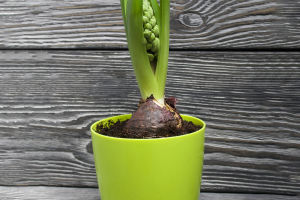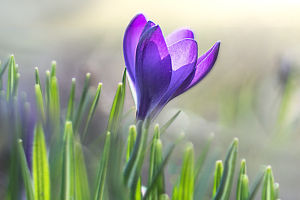The world of spices is a vibrant tapestry of flavors, aromas, and colors, with saffron standing as a beacon of culinary excellence.
Renowned as the "golden spice," saffron holds a revered place among spices, not only for its distinct taste but also for its cultural significance and medicinal properties.
This essay delves into the intricate relationship between saffron and other spices, exploring their historical, cultural, and culinary connections.
Historical Significance:
Saffron's journey through history is as rich and storied as its hue. Dating back to ancient civilizations, saffron was prized for its culinary, medicinal, and ceremonial uses. Its presence in Egyptian tombs and Greek mythology underscores its revered status.
As trade routes expanded, saffron traversed continents, becoming a symbol of luxury and opulence in European courts during the Middle Ages. Meanwhile, spices like cinnamon, cloves, and cardamom captivated palates and fueled global exploration, shaping the course of history.
Cultural Significance:
Saffron and spices are deeply entrenched in the cultural fabric of regions worldwide. From the vibrant curries of India to the paellas of Spain, saffron infuses dishes with its distinctive flavor and golden hue.
Similarly, spices like cumin, turmeric, and ginger lend depth and complexity to culinary traditions across Asia, Africa, and the Middle East. Beyond the kitchen, saffron holds ceremonial importance, used in weddings, and festivals. Spices, with their aromatic allure, evoke nostalgia, evoke memories, and foster a sense of belonging in communities.
Culinary Harmony:
In the culinary realm, saffron and spices are harmonious companions, elevating dishes with their unique profiles. Saffron's delicate floral notes and earthy undertones complement the bold flavors of spices like cloves and cardamom in dishes such as biryanis and tagines.
Its subtle sweetness balances the heat of chili peppers in Mexican cuisine, while its golden hue adds vibrancy to desserts like saffron-infused rice pudding and cakes. Together, saffron and spices create symphonies of flavor, enhancing culinary experiences and delighting palates.
Medicinal Properties:
Beyond their culinary prowess, saffron and spices boast potent medicinal properties. Saffron, revered for its antioxidant and anti-inflammatory properties, is used in traditional medicine to alleviate various ailments, from mood disorders to menstrual cramps.
Similarly, spices like turmeric and ginger exhibit anti-inflammatory and digestive benefits, while cinnamon aids in blood sugar regulation. The synergy between saffron and spices extends beyond flavor, promoting health and wellness in holistic ways.
The relationship between saffron and spices is a testament to the enduring allure of culinary traditions and the rich tapestry of human culture. From ancient rituals to modern-day kitchens, saffron and spices have woven themselves into the fabric of societies worldwide, enriching culinary experiences and nourishing body and soul.
As we celebrate the golden bond between saffron and spices, let us savor the flavors, honor the traditions, and embrace the timeless wisdom passed down through generations.
Similarly, spice trade routes, such as the Silk Road, facilitated cultural exchange and economic growth across continents, paving the way for globalization.
Today, saffron and spices continue to stimulate commerce, with international markets showcasing a diverse array of products, from saffron-infused teas to spice blends from around the world.
This interconnectedness underscores the enduring significance of saffron and spices in shaping human history, culture, and commerce.


